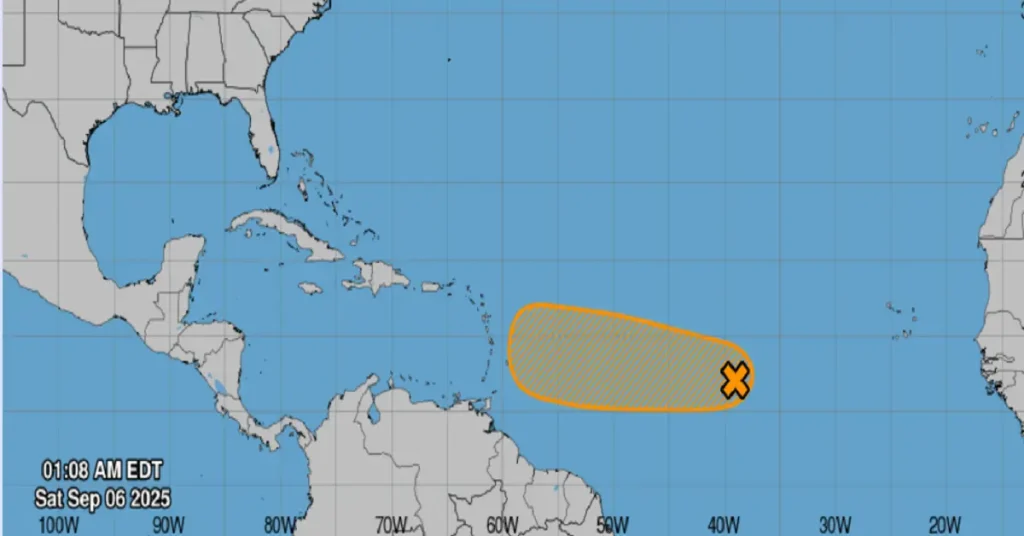Post-Tropical Cyclone Lorena continues to pose a flooding threat to parts of Mexico and the U.S. Southwest. Learn about the areas at risk and what you need to know about the storm’s lingering impact.
While Tropical Cyclone Lorena has officially been downgraded, its moisture plume is still posing a serious and life-threatening risk for flash flooding and mudslides across parts of western Mexico and the Southwestern United States. This situation is a powerful reminder that even after a storm’s winds subside, its remnants can be just as dangerous.
It’s something that many people might not expect, but it is a frequent occurrence with storms that linger offshore and continue to pull in moisture. The system has been tracked carefully as it has unraveled, and officials are urging residents in at-risk areas to remain vigilant, as a surprising amount of rain is on the way.
The remnants of Lorena continue to move northward, with bands of heavy rainfall affecting a large area. Forecasters are particularly concerned about regions that are still recovering from previous heavy rainfall events. For example, parts of Texas Hill Country, which experienced deadly floods earlier in the year, are now facing the risk of new downpours.
It can be shocking how quickly a small stream or river can rise with just a few inches of rain. As someone who follows these events, the sheer speed at which conditions can change is what always surprises me. In some cases, as little as six inches of fast-moving water can be enough to sweep an adult off their feet, and a foot of water can carry away a vehicle, so the advice to “turn around, don’t drown” is more relevant than ever. What’s your experience with flash floods or severe weather warnings? It’s crucial to have a plan in place, and knowing where to find trusted information is the first step.
Heavy rains, with isolated totals of up to 12 inches, are expected in parts of Mexico’s Baja California peninsula, Baja California, Sonora, and Sinaloa. In the United States, portions of Arizona, New Mexico, and Texas are forecast to receive 1 to 2 inches of rain, with isolated areas possibly seeing up to 4 inches.
The combination of this tropical moisture and other weather systems is what is creating the enhanced risk of flooding. This kind of event in September 2025 highlights the continued unpredictability of weather patterns and the need for communities to be prepared. If you’re in an affected area, the best practical advice is to follow all warnings from official sources like the National Weather Service and local civil protection agencies. Stay informed and don’t hesitate to seek higher ground if necessary.
See More:
- How to Install iOS 26 Public Beta 9 on Your iPhone
- Unlock Unlimited Travel: Frontier’s GoWild Annual Pass Now Just $299—Hurry, Offer Ends Soon!
- MLS CBA Could Mean Multi-Match Ban for Luis Suárez After Seattle Spitting Scandal
- The Unbelievable Reason Your Favorite Mexican Restaurant Abuelo’s Just Filed for Bankruptcy
- RV Shockwave: Escanaba Camping World Closure Caught a Michigan Community Off Guard
- Unpacking McDonald’s New Special Edition Gold Sauce: The Golden Arches Strikes Gold
- Amazon Prime Membership Free Shipping Is Ending—Here’s What You Need to Know Before October 1
- Where to Watch John Candy I Like Me Documentary

